When it’s time to replace or install a new door, understanding the costs involved is crucial.
The price of a door can vary greatly depending on several factors, including the material, type, size, and complexity of the installation.

Whether you’re upgrading your interior doors or installing a new front door, knowing what to expect will help you make informed decisions.
In this guide, we’ll explore the costs of door installation, from basic interior doors to high-end exterior models, and provide a breakdown to help you plan your project effectively.
What Affects the Cost of a Door?

Several factors can influence the cost of a door, including:
- Material: The material used to construct the door plays a significant role in pricing. Wood, fiberglass, steel, and other materials all come with varying costs and benefits.
- Size: Custom or oversized doors typically cost more than standard-sized doors.
- Design and Features: Doors with added features such as glass inserts, sidelights, or security upgrades will naturally be more expensive.
- Installation Complexity: The type of installation required—whether it’s a simple door swap or a complex framing job—affects the overall cost.
- Labor: The cost of professional installation, which depends on the complexity and location, is another factor. Labor for exterior doors tends to be higher due to the need for weatherproofing and insulation.
Cost by Door Type
| Door Material | Cost Range |
| Wood Doors | $150 – $5,000 |
| Fiberglass Doors | $150 – $4,000 (up to $10,000 for high-end) |
| Steel Doors | $150 – $2,000 |
| Aluminum Doors | $150 – $2,000 |
| Glass Doors | $500 – $1,500 |
| Iron Doors | $1,500 – $6,000+ |
When it comes to replacing a door, the type you choose will significantly impact the total cost.
From budget-friendly interior doors to high-end specialty doors, here’s a breakdown of what you can expect for various door types.
Interior Doors

Interior doors are the most affordable option, typically ranging from $150 to $700.
The price depends on the material and design, with basic doors being on the lower end, while custom or decorative options cost more.
Exterior Doors
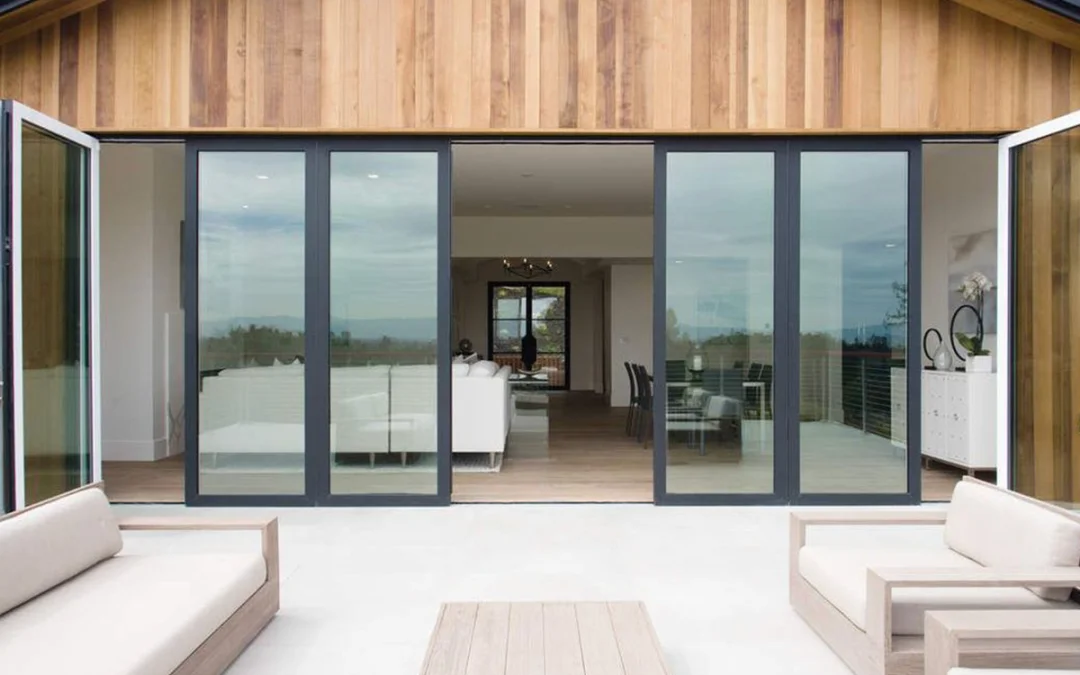
Exterior doors are more expensive due to the need for durability and security features, with costs between $400 and $2,000.
The material and style, as well as additional features like insulation or decorative glass, contribute to the higher price.
Garage Doors

Garage doors are a major investment, typically costing between $2,800 and $6,500.
The price varies based on size, automation, and additional features such as insulation or windows for enhanced energy efficiency.
French Doors

French doors offer a timeless look, costing anywhere from $600 to $5,800.
The price depends on the material, whether it’s a single or double door, and any custom features like glass inserts or sidelights.
Sliding Doors

Sliding doors, ideal for patios and large openings, typically range from $300 to $2,500.
The cost is influenced by the material, design, and whether it’s a basic model or a high-end, double-pane option.
Pivot Doors and Invisible Doors

Pivot and invisible doors are unique and modern, with prices ranging from $1,000 to $5,000+.
These doors stand out due to their distinctive design and can be customized with various materials and finishes for a bold, contemporary look.
Cost Breakdown by Door Material
| Door Type | Cost Range |
|---|---|
| Interior Doors | $150 – $700 |
| Exterior Doors | $400 – $2,000 |
| Garage Doors | $2,800 – $6,500 |
| French Doors | $600 – $5,800 |
| Sliding Doors | $300 – $2,500 |
| Pivot and Invisible Doors | $1,000 – $5,000+ |
The material of your door plays a huge role in determining its overall cost.
Let’s take a closer look at the different types of door materials and what you can expect to pay for each.
Wood Doors
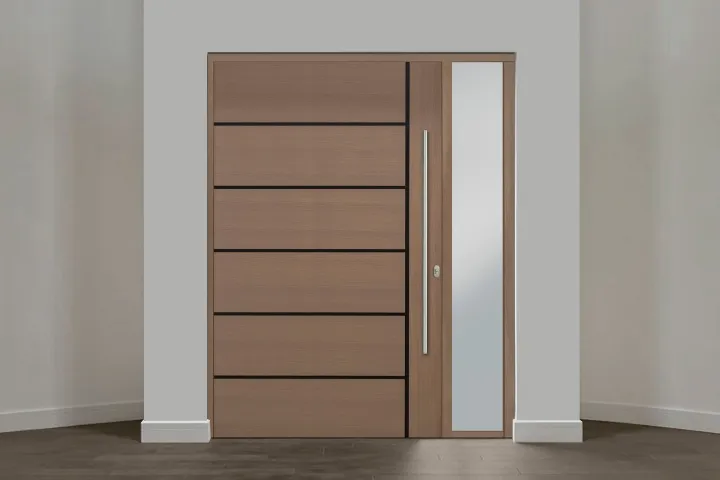
Wood doors are a classic choice known for their aesthetic appeal, with prices ranging from $150 to $5,000.
The cost varies based on the type of wood, size, and added features like glass inserts or intricate carvings.
Keep in mind that wood doors require more maintenance, such as periodic painting or sealing, to preserve their appearance.
Fiberglass Doors
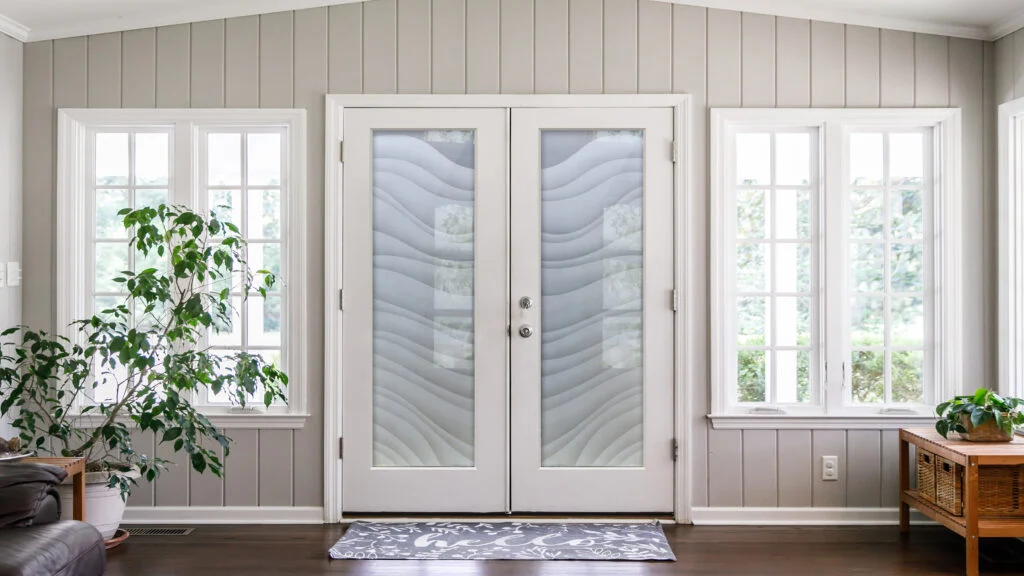
Fiberglass doors are durable, energy-efficient, and require little maintenance, with prices typically ranging from $150 to $4,000.
High-end fiberglass grand entrances can cost between $8,000 to $10,000.
These doors offer excellent insulation and are a great option if you’re looking for a low-maintenance, long-lasting solution.
Steel Doors
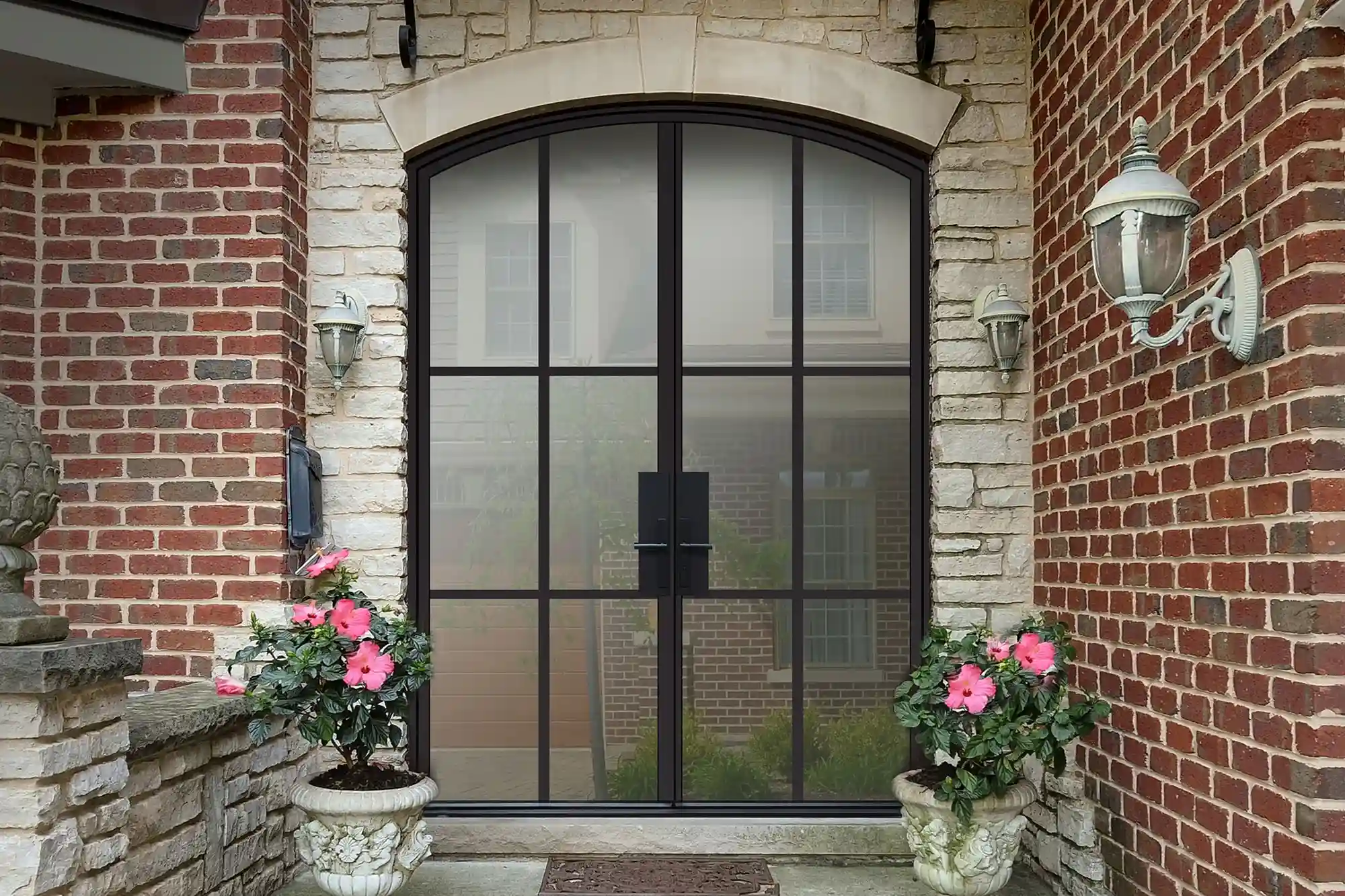
Steel doors are known for their strength, security, and affordability. Prices range from $150 to $2,000 depending on the design and any added features.
Steel doors with glass or sidelights typically cost more, but they remain one of the most cost-effective options when considering both security and energy efficiency.
Aluminum Doors
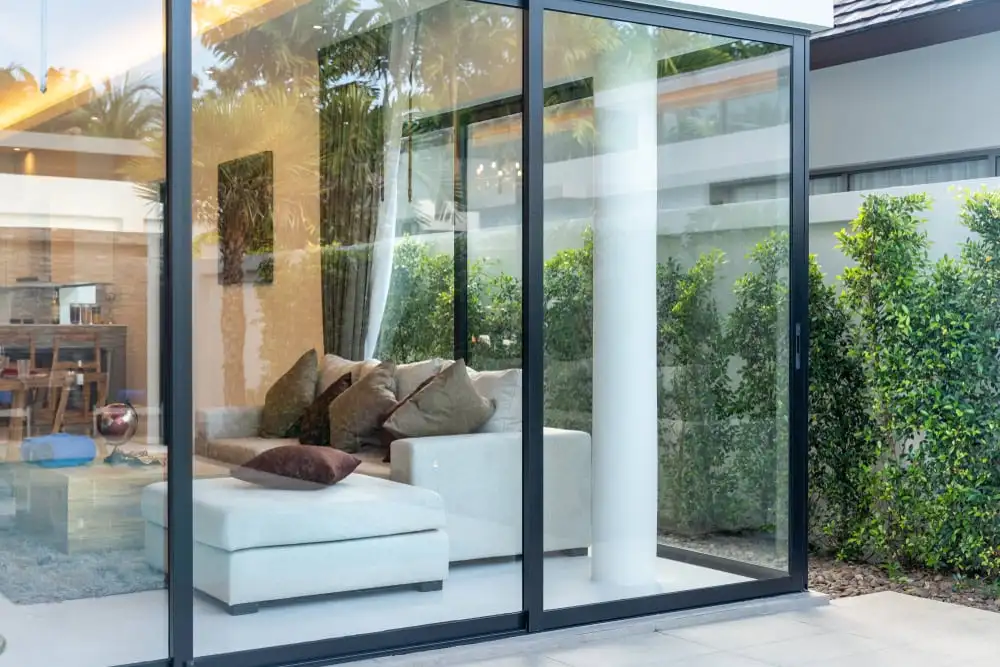
Aluminum doors are lightweight, durable, and resistant to the elements, making them a popular choice for both residential and commercial use.
Expect to pay between $150 and $2,000 depending on the model.
Aluminum doors are great for those seeking a sturdy, low-maintenance door without the hefty price tag.
Glass Doors

Glass doors are ideal for letting in natural light, making them a popular choice for entryways and patios.
Standard glass doors generally cost between $500 and $1,500.
The price can increase with additional features such as double glazing, UV protection, or custom designs.
Iron Doors
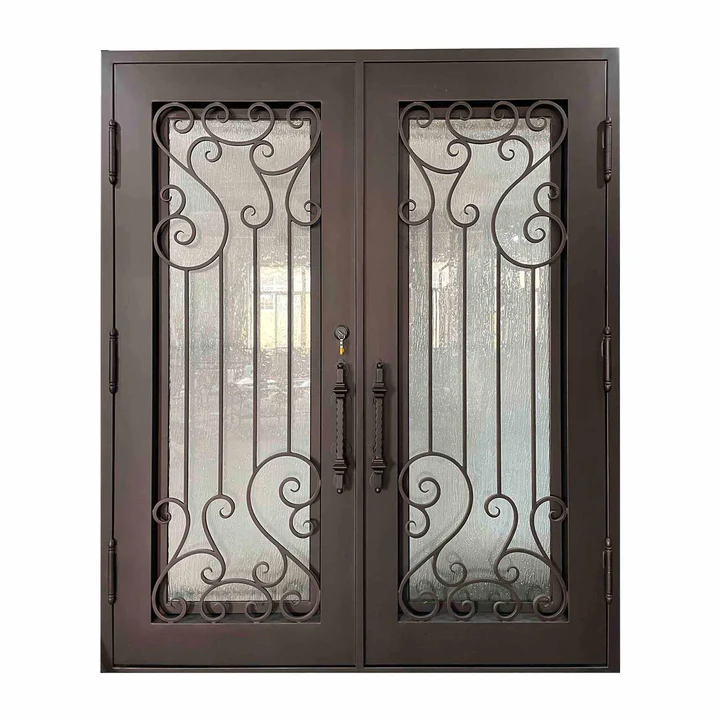
Iron doors are the most expensive option, providing excellent security and a unique aesthetic.
Prices for iron doors typically range from $1,500 to $6,000 or more for custom designs.
While iron doors are on the higher end, they offer unmatched strength and a luxurious appearance, making them a top choice for those prioritizing security and curb appeal.
Door Installation Costs
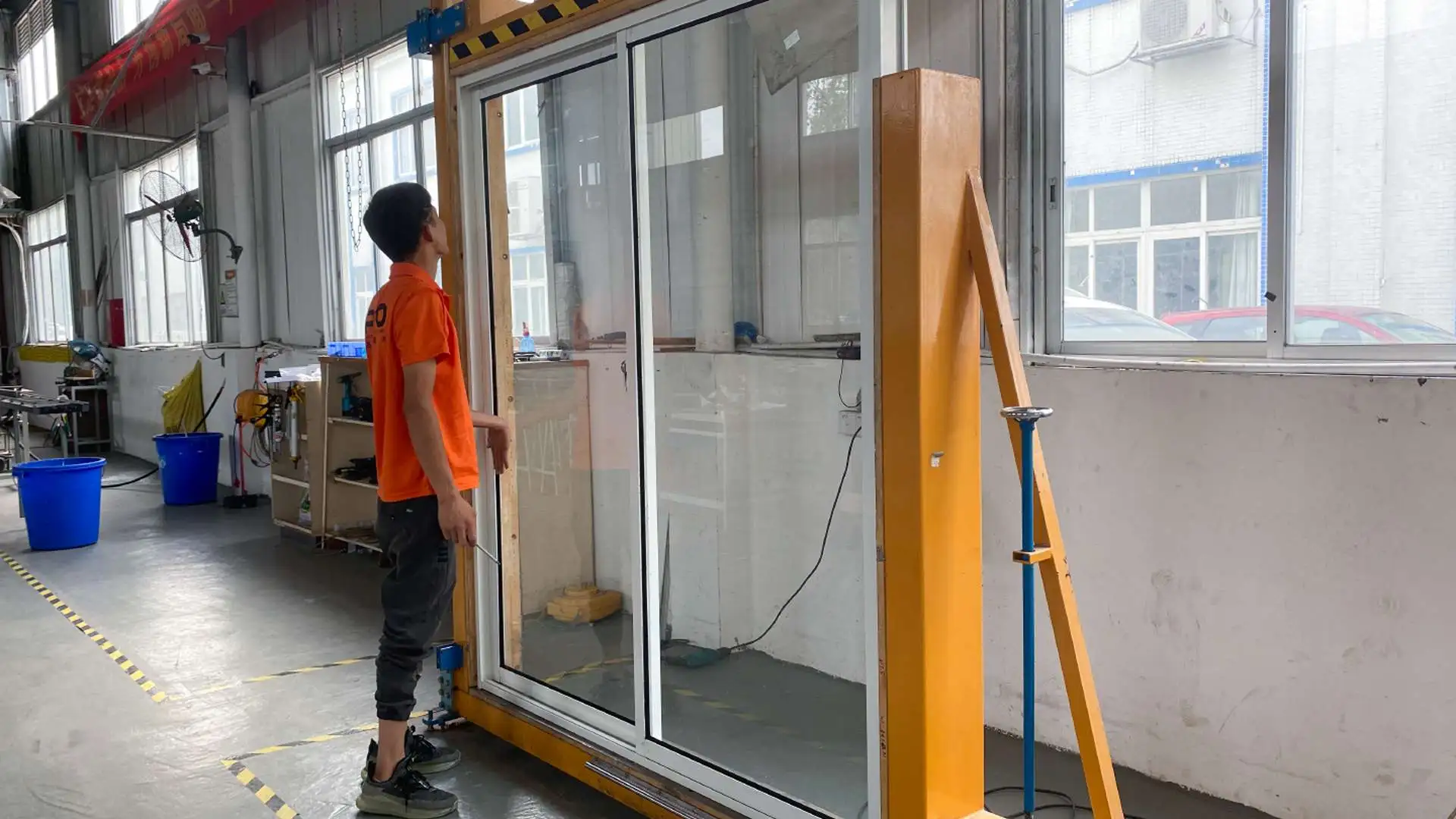
The cost of installation varies depending on whether the door is replacing an existing one or if new framing is needed.
Here’s a breakdown:
- Basic Door Installation: Installing a door into an existing frame typically costs $100 to $300 for interior doors and $230 to $800 for exterior doors.
- Framing Installation: If the door requires a new frame, the installation cost can increase to $2,000 or more, especially if wall modifications or electrical rerouting are necessary.
- Labor Costs: The average cost for installation labor is around $40 to $90 per hour, depending on the region and the complexity of the installation.
- Additional Costs: Factors such as door removal and disposal, hardware installation (knobs, locks, hinges), and drywall work for resizing door openings can add to the cost. Removing an old door typically costs $40 to $200.
Conclusion
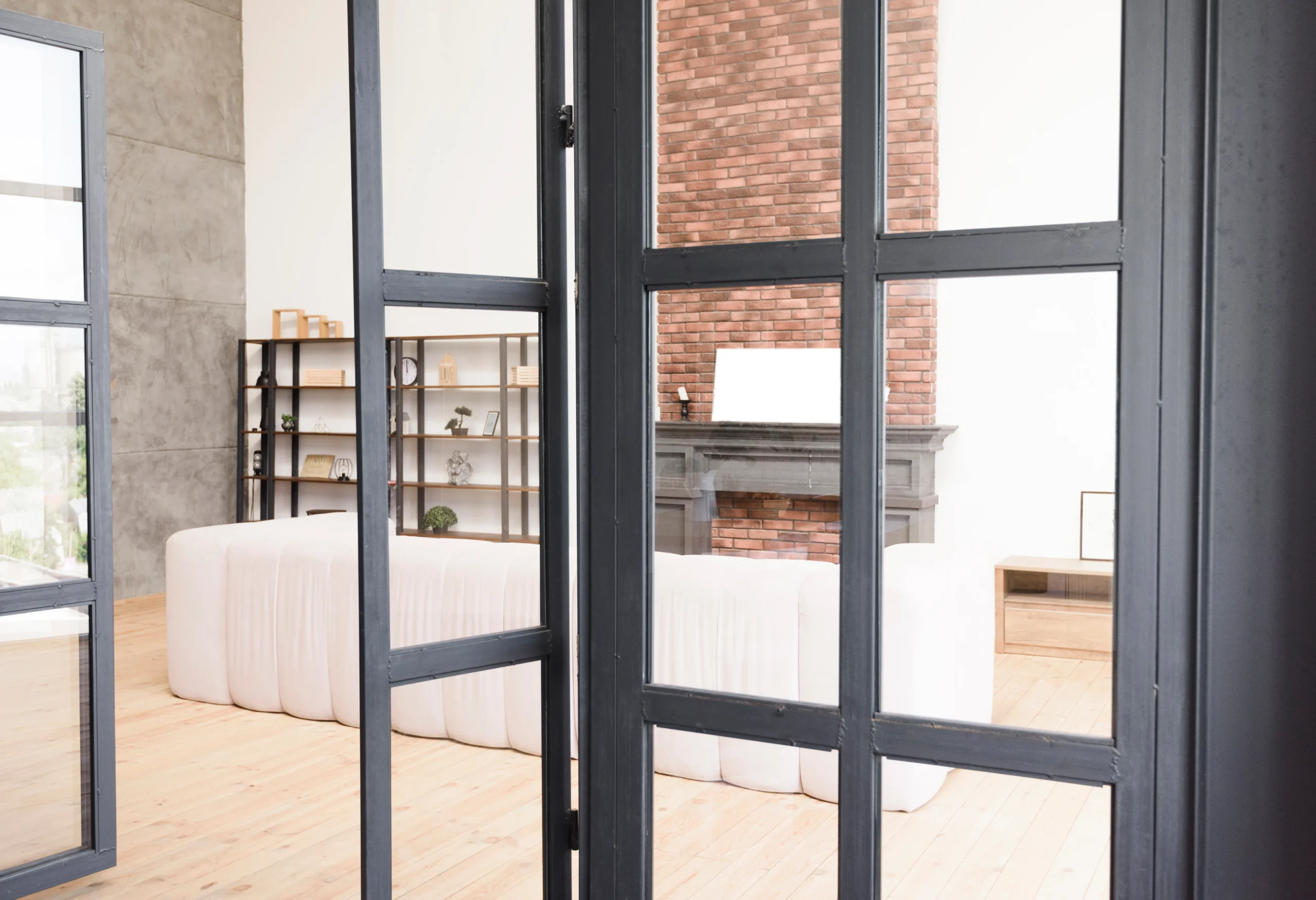
Replacing or installing a door involves multiple cost factors, including door type, material, and installation.
By understanding these variables, you can make informed choices that suit your style, security, and budget.
Be sure to factor in both upfront costs and long-term maintenance for the best value.
Ready to upgrade your doors?
Consult a professional to get an accurate quote and ensure your door fits perfectly, both in terms of style and functionality.
Explore your options today and enhance the beauty, security, and efficiency of your home.
FAQs: Door Costs and Installation
What is the average price of a door?
New door installations typically cost between $450 and $1,500, with interior doors ranging from $200 to $600 and exterior doors from $400 to $2,000.
How much should I pay for a door?
Interior doors cost $60 to $500, while exterior doors range from $150 to $6,000, depending on the style and features.
How much does it cost to replace a main door?
Replacing a main door can cost between $150 and $6,000, depending on materials and additional features.
How much should I pay for a front door?
A standard front door costs $500 to $2,500, while custom doors can range from $2,000 to $4,500.
Why is replacing a door so expensive?
Costs rise due to factors like the door material, style, custom features, and installation complexities. Custom or security doors add to the price.



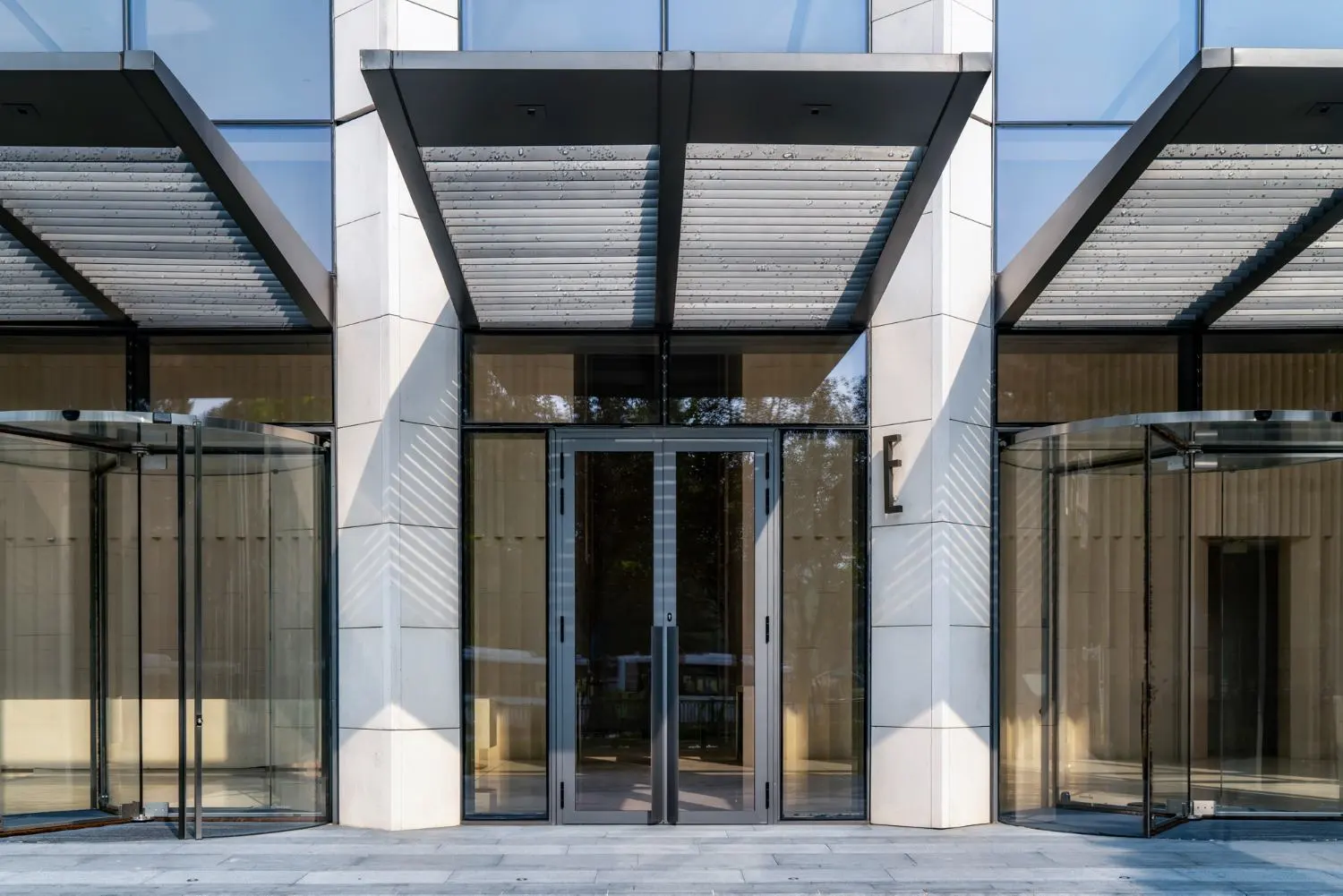


![A bifold glass door opens to a serene courtyard featuring a beautiful fountain at its center - Top 11 Bifold Door Manufacturers in the UK [October 2025] - APRO A bifold glass door opens to a serene courtyard featuring a beautiful fountain at its center](https://aprowin.com/wp-content/uploads/2024/10/A-bifold-glass-door-opens-to-a-serene-courtyard-featuring-a-beautiful-fountain-at-its-center-500x333.webp)
![Pallets of wrapped frames for import ready for shipment - How to Import Doors and Windows from China [October2025] - APRO Pallets of wrapped frames for import ready for shipment](https://aprowin.com/wp-content/uploads/2024/12/Pallets-of-wrapped-frames-for-import-ready-for-shipment-500x333.webp)
![Open sliding door on a wood floor with deck view outside - Sliding Door Parts Names: A Complete Guide [October 2025] - APRO Open sliding door on a wood floor with deck view outside](https://aprowin.com/wp-content/uploads/2024/12/Open-sliding-door-on-a-wood-floor-with-deck-view-outside-500x328.webp)

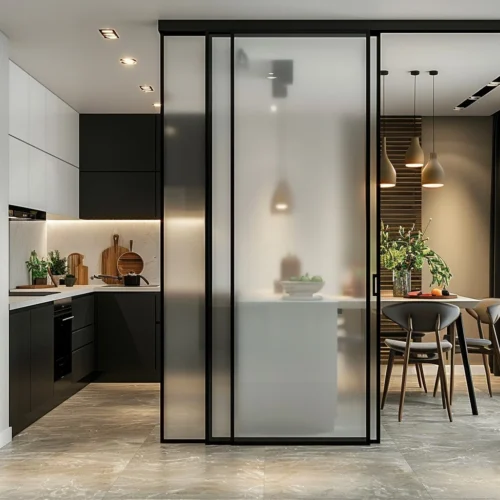
![Sliding doors with black frames showcasing outdoor scenery - 16 Aluminum Doors and Windows Suppliers in Philippines [2025] - APRO Sliding doors with black frames showcasing outdoor scenery](https://aprowin.com/wp-content/uploads/2024/12/Sliding-doors-with-black-frames-showcasing-outdoor-scenery-500x368.webp)
